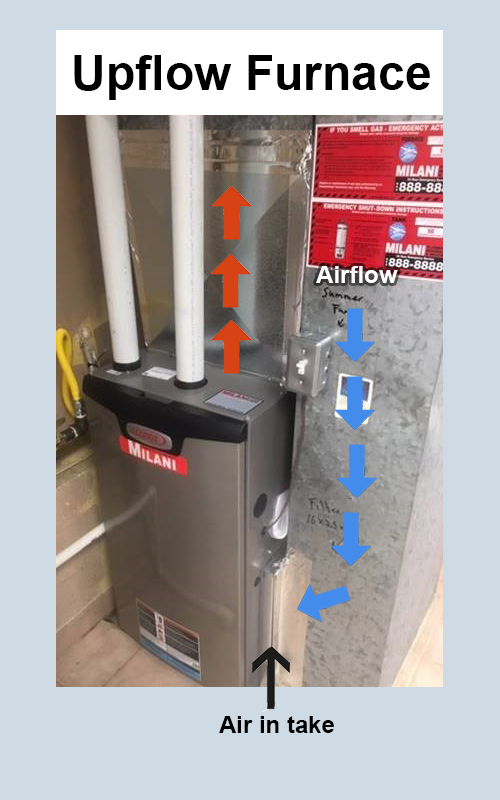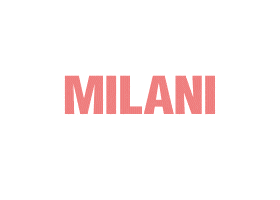Property owners often have to deal with the use of furnaces in order to heat their homes. Homeowners have the choice between either a downflow furnace or an upflow furnace. The difference between a downflow furnace and an upflow furnace is simple. An upflow furnace is the most preferred type of home furnaces. Unfortunately, some homeowners do not have homes that are very compatible with the upflow furnace systems. Both of these types of furnaces have their advantages as well as the disadvantages.
What’s the difference?
Getting right to it, the fundamental difference between the two is in the direction of air flow in and out of the furnace.
A Upflow furnace takes in existing air from the bottom of the furnace and blows out filtered warm/cool air through the top.
A downflow furnace works in the opposite way. The air intake is at the top of the furnace, where it converts recirculated air into warm/cool filtered air and blows it down through the bottom of the furnace into the home.
Application: Upflow vs Downflow Furnace
So why have two different types of furnaces if they do the same exact job? The reason is because each furnace is used primarily for a different application depending on the layout of the home and the type of climate the homeowner lives in.
Typically, homeowners that have an upflow furnace will have their furnace in the basement. Since hot air rises and cool air sinks, having a furnace on the bottom floor allows the furnace to take in more cold air and turn it back into warmer air. This allows for the heat to efficiently rise to the various levels of the home. For these reasons, upflow furnaces are typically seen in locations with colder winters.
On the other hand, a downflow furnace is usually placed at the highest point of the home. This location is almost always in the attic of the home which allows for better cooling by effectively taking in rising hot air and pushing down cool air. As such, downflow furnaces are usually seen in climates with very hot summers and milder winters.

Pros and Cons
Both types of furnaces have their advantages as well as disadvantages, so it is important to understand this when looking to buy, rent or make renovations on a home. Additionally, homeowners that are faced with increasing energy bills can greatly benefit from placing their furnace in the correct position in the home.
In general, upflow furnaces are considered to be more effective and efficient in the heating season because of the simple fact that heat rises. Typically, this option leaves the homeowner more comfortable during the winter season. Downflow furnaces have a disadvantage in the heating season because they need to counter the natural tendency of hot air rising and are therefore less effective. A downflow furnace expels hot air from areas such as the attic, which ends up heating an individual’s head and upper extremities first, rather than from the bottom up. This can lead to physical discomfort because of the direction of which the hot air is originating.
However, in the summer months, these factors work in reverse, where the downflow furnace becomes the more energy efficient and comfortable option for cooling.
When deciding what is right for you and your home, it is important to consider multiple factors and understand how each furnace type will impact you when you need it.
Have more questions? Contact Milani today to speak to one of our expert comfort advsors to see which furnace system would work best for your Okanagan home. Call us now on 250-800-0000.

